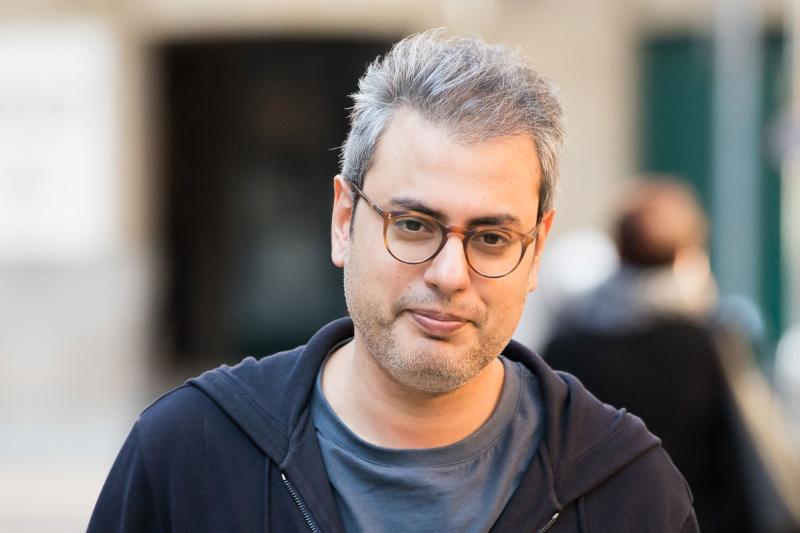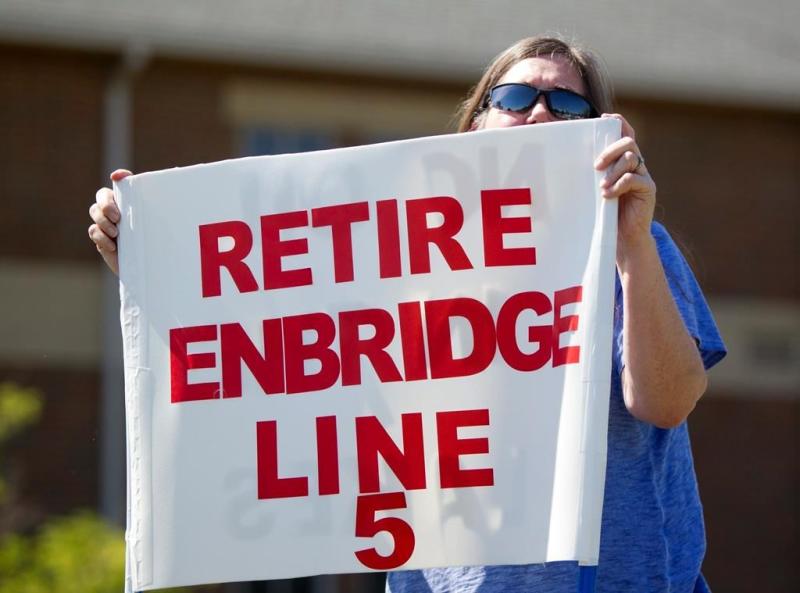AND THE ABYSS STARES BACK AT THEM
Marcus Ashworth and Elisa Martinuzzi Bloomberg March 5, 2020

(Bloomberg Opinion) -- Europe’s lenders are staring at yet another possible crisis, this time not of their own making, and the brutal reality is that the European Central Bank can do very little to help them. That’s bad news for the real economy too.
The economic hit from the rapid spread of the coronavirus will probably mean another spate of loans turning bad, a slump in demand for new borrowing, and falling income from trading and commission. The banking industry has been among the hardest hit in the recent stock-market rout. Little wonder.
There are some minor measures that ECB President Christine Lagarde could try to mitigate the pain, especially if she decides to cut the benchmark deposit rate deeper into negative territory (a nightmare for banks trying to squeeze a profit from lending).
At the very least, the ECB should protect lenders from any increased cost of depositing their excess reserves at the central bank by sweetening the terms of the “tiering” regime that it adopted in September. That change lifted about 800 billion euros ($892 billion) of commercial bank reserves at the ECB out of the -0.50% deposit rate tier — where banks are paying for the privilege of storing their money — and toward a slightly less punishing zero rate.
Separately, the ECB is already considering whether to offer banks even more super-cheap loans — known as targeted long-term repurchase operations, or TLTROs. This is wise. It will be vital for maintaining the liquidity of cash-strapped corporates; about three-quarters of European company borrowing comes via bank loans.

But there are justified doubts about the effectiveness of TLTROs in getting money to the neediest firms. In the fourth quarter of last year, companies’ demand for loans dropped in the euro zone. Even more laser-focused funding is needed specifically for small and medium-sized companies to prevent a credit crunch in the backbone of the region's economy — with even more attractive rates to encourage banks to participate. TLTROs are no magic wand if there’s no demand and banks are hesitant to lend.
A more controversial measure would be to adapt the ECB’s 190 billion-euro ($211 billion) corporate bond-buying program to allow the purchase of bank debt too. That might lower banks’ funding costs, which have risen since the virus hit Europe.
Unfortunately, there are huge conflicts of interest in directly financing banks, which are regulated by the ECB. Germany would certainly balk. Last decade’s euro crisis was exacerbated by the doom loop, where certain banks held too many of their nation’s bonds — intensifying the riskiness of the sovereign debt and the country’s banking system. A move that established new ties between a supranational authority and large lenders would bring its own fears.
In the wake of the virus outbreak, the Italian lenders’ association is already pleading for forbearance to allow the nation’s banks not to record past bad loans. But the ECB should stand firm. Such a move might help shield the lenders’ profit and capital in the short term but it would undermine confidence in an industry that’s still trying to win back investor trust. It never works to let banks sweep bad debt under the carpet.
European lenders are only recently emerging from a post-crisis cleanup that took years, getting bad debt levels back to more manageable levels (they’ve dropped by almost half to 543 billion euros). Banks have also steadily built capital buffers. Regulators could let them eat into these ratios, but such hard-fought improvements mustn’t be reversed lightly.
The continent’s banks were already in for an unhappy time before the virus hit, given the euro-area economy’s struggles. Now the industrial heartland of Italy has ground to a halt, the bloc’s frailties will be more exposed. A Europe Commission briefing note, seen by Bloomberg News, has warned that the virus could plunge Italy and France into recession. The paper spoke specifically of a possible increase in bad loans “to leveraged companies operating on a tight cash flow” and a decline in the bank asset values that “may trigger a vicious sovereign-bank loop.”
There’s no easy fix and the ECB has limited ammunition. The most dangerous temptation will be to unwind the progress made on improving banks’ resilience.

(Bloomberg Opinion) -- Europe’s lenders are staring at yet another possible crisis, this time not of their own making, and the brutal reality is that the European Central Bank can do very little to help them. That’s bad news for the real economy too.
The economic hit from the rapid spread of the coronavirus will probably mean another spate of loans turning bad, a slump in demand for new borrowing, and falling income from trading and commission. The banking industry has been among the hardest hit in the recent stock-market rout. Little wonder.
There are some minor measures that ECB President Christine Lagarde could try to mitigate the pain, especially if she decides to cut the benchmark deposit rate deeper into negative territory (a nightmare for banks trying to squeeze a profit from lending).
At the very least, the ECB should protect lenders from any increased cost of depositing their excess reserves at the central bank by sweetening the terms of the “tiering” regime that it adopted in September. That change lifted about 800 billion euros ($892 billion) of commercial bank reserves at the ECB out of the -0.50% deposit rate tier — where banks are paying for the privilege of storing their money — and toward a slightly less punishing zero rate.
Separately, the ECB is already considering whether to offer banks even more super-cheap loans — known as targeted long-term repurchase operations, or TLTROs. This is wise. It will be vital for maintaining the liquidity of cash-strapped corporates; about three-quarters of European company borrowing comes via bank loans.

But there are justified doubts about the effectiveness of TLTROs in getting money to the neediest firms. In the fourth quarter of last year, companies’ demand for loans dropped in the euro zone. Even more laser-focused funding is needed specifically for small and medium-sized companies to prevent a credit crunch in the backbone of the region's economy — with even more attractive rates to encourage banks to participate. TLTROs are no magic wand if there’s no demand and banks are hesitant to lend.
A more controversial measure would be to adapt the ECB’s 190 billion-euro ($211 billion) corporate bond-buying program to allow the purchase of bank debt too. That might lower banks’ funding costs, which have risen since the virus hit Europe.
Unfortunately, there are huge conflicts of interest in directly financing banks, which are regulated by the ECB. Germany would certainly balk. Last decade’s euro crisis was exacerbated by the doom loop, where certain banks held too many of their nation’s bonds — intensifying the riskiness of the sovereign debt and the country’s banking system. A move that established new ties between a supranational authority and large lenders would bring its own fears.
In the wake of the virus outbreak, the Italian lenders’ association is already pleading for forbearance to allow the nation’s banks not to record past bad loans. But the ECB should stand firm. Such a move might help shield the lenders’ profit and capital in the short term but it would undermine confidence in an industry that’s still trying to win back investor trust. It never works to let banks sweep bad debt under the carpet.
European lenders are only recently emerging from a post-crisis cleanup that took years, getting bad debt levels back to more manageable levels (they’ve dropped by almost half to 543 billion euros). Banks have also steadily built capital buffers. Regulators could let them eat into these ratios, but such hard-fought improvements mustn’t be reversed lightly.
The continent’s banks were already in for an unhappy time before the virus hit, given the euro-area economy’s struggles. Now the industrial heartland of Italy has ground to a halt, the bloc’s frailties will be more exposed. A Europe Commission briefing note, seen by Bloomberg News, has warned that the virus could plunge Italy and France into recession. The paper spoke specifically of a possible increase in bad loans “to leveraged companies operating on a tight cash flow” and a decline in the bank asset values that “may trigger a vicious sovereign-bank loop.”
There’s no easy fix and the ECB has limited ammunition. The most dangerous temptation will be to unwind the progress made on improving banks’ resilience.










